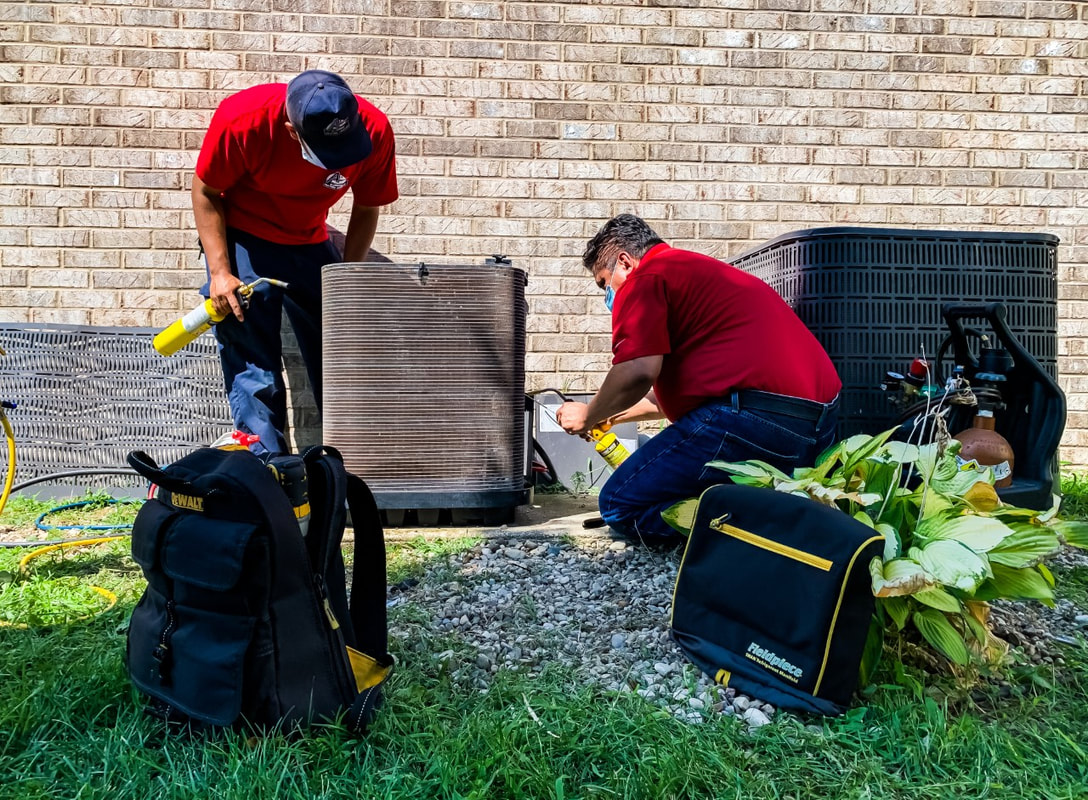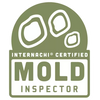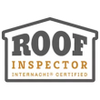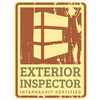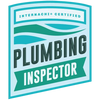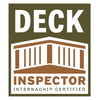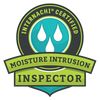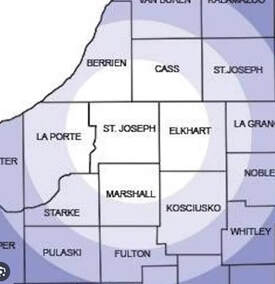ac inspectors in elkhart, indiana
|
|
A complete air conditioning inspection can ensure your AC system works efficiently and safely. Regular checks are essential to identify potential issues before they become major problems or cause damage. Here are the key things to look for during an AC inspection:
System OverviewThe first step is to inspect the overall AC system, including the: • Outdoor unit (condenser)- Check for rust, dents, leaks, and damage to the coils • Indoor unit (evaporator coil or air handler)- Check for dust and debris buildup, damaged fins, rust • Ductwork - Check for leaks, debris buildup, insulation • Thermostat - Ensure it is displaying accurate temperatures and working properly • Electrical connections - Check for any signs of overheating, loose wires, or corrosion |
Refrigerant Level
A technician will check the system's refrigerant level using gauges to ensure it is adequately charged. Low refrigerant can cause inadequate cooling and damage to AC components.
Condensate Drain
Inspect the condensate drain line for leaks, debris or sediment buildup blockages, and proper drainage slope. This ensures condensation from the evaporator coil drains properly.
Basic Function Tests
Running the AC on various settings to check for proper cooling output, airflow, and functioning fan speeds, and all modes (heat, cool, fan) are operational. Any unusual sounds or vibrations should be noted.
Electrical Components
Testing electrical components like contactors, capacitors, relays, and transformers can identify potential issues with power to the AC system.
Belts and Pulleys
Inspecting belts for cracks, slipping, and proper tension. Worn belts can cause damage and efficiency loss. Checking pulleys for damage and proper alignment.
Filters
Checking air filters for cleanliness and proper type. Dirty or clogged filters make the system work harder and reduce airflow.
Component Testing
Run the AC on various settings to check for normal cooling output, airflow, and functioning speeds and that all modes operate as intended. Note abnormal sounds.
Electrical Components
Inspect contactors, capacitors, relays, and transformers which supply power. Worn components are a fire hazard and cause runtime issues.
Belts and Pulleys
Check belts for cracks and slipping and correct tension. Replace worn belts to avoid damaging components. Inspect pulleys for damage and misalignment.
Thermostat
Confirm the thermostat displays accurate temperatures and controls modes correctly. Loose wires or a faulty unit can cause cooling problems.
HVAC AC Inspection Costs
Expect to pay $150-$300 or more for a thorough air conditioning inspection depending on the technician, local costs, and system size. An inspection typically takes around 1-3 hours of a technician's time and includes the following:
• Opening and inspecting indoor and outdoor AC units
• Checking electrical and refrigerant components
• Testing various functions of the AC system
• Providing an inspection report with any recommendations for repairs, maintenance, or replacement
Regular AC inspections can identify problems before they become expensive repairs. So while the inspection costs a few hundred dollars, it could save you from replacing a major AC component that costs $1,000 or more.
A complete air conditioning inspection evaluates all significant parts and functions of the system to detect any issues, safety concerns, or efficiency reductions. Following the inspector's maintenance and repair recommendations can help your AC last longer and work more effectively.
A technician will check the system's refrigerant level using gauges to ensure it is adequately charged. Low refrigerant can cause inadequate cooling and damage to AC components.
Condensate Drain
Inspect the condensate drain line for leaks, debris or sediment buildup blockages, and proper drainage slope. This ensures condensation from the evaporator coil drains properly.
Basic Function Tests
Running the AC on various settings to check for proper cooling output, airflow, and functioning fan speeds, and all modes (heat, cool, fan) are operational. Any unusual sounds or vibrations should be noted.
Electrical Components
Testing electrical components like contactors, capacitors, relays, and transformers can identify potential issues with power to the AC system.
Belts and Pulleys
Inspecting belts for cracks, slipping, and proper tension. Worn belts can cause damage and efficiency loss. Checking pulleys for damage and proper alignment.
Filters
Checking air filters for cleanliness and proper type. Dirty or clogged filters make the system work harder and reduce airflow.
Component Testing
Run the AC on various settings to check for normal cooling output, airflow, and functioning speeds and that all modes operate as intended. Note abnormal sounds.
Electrical Components
Inspect contactors, capacitors, relays, and transformers which supply power. Worn components are a fire hazard and cause runtime issues.
Belts and Pulleys
Check belts for cracks and slipping and correct tension. Replace worn belts to avoid damaging components. Inspect pulleys for damage and misalignment.
Thermostat
Confirm the thermostat displays accurate temperatures and controls modes correctly. Loose wires or a faulty unit can cause cooling problems.
HVAC AC Inspection Costs
Expect to pay $150-$300 or more for a thorough air conditioning inspection depending on the technician, local costs, and system size. An inspection typically takes around 1-3 hours of a technician's time and includes the following:
• Opening and inspecting indoor and outdoor AC units
• Checking electrical and refrigerant components
• Testing various functions of the AC system
• Providing an inspection report with any recommendations for repairs, maintenance, or replacement
Regular AC inspections can identify problems before they become expensive repairs. So while the inspection costs a few hundred dollars, it could save you from replacing a major AC component that costs $1,000 or more.
A complete air conditioning inspection evaluates all significant parts and functions of the system to detect any issues, safety concerns, or efficiency reductions. Following the inspector's maintenance and repair recommendations can help your AC last longer and work more effectively.
